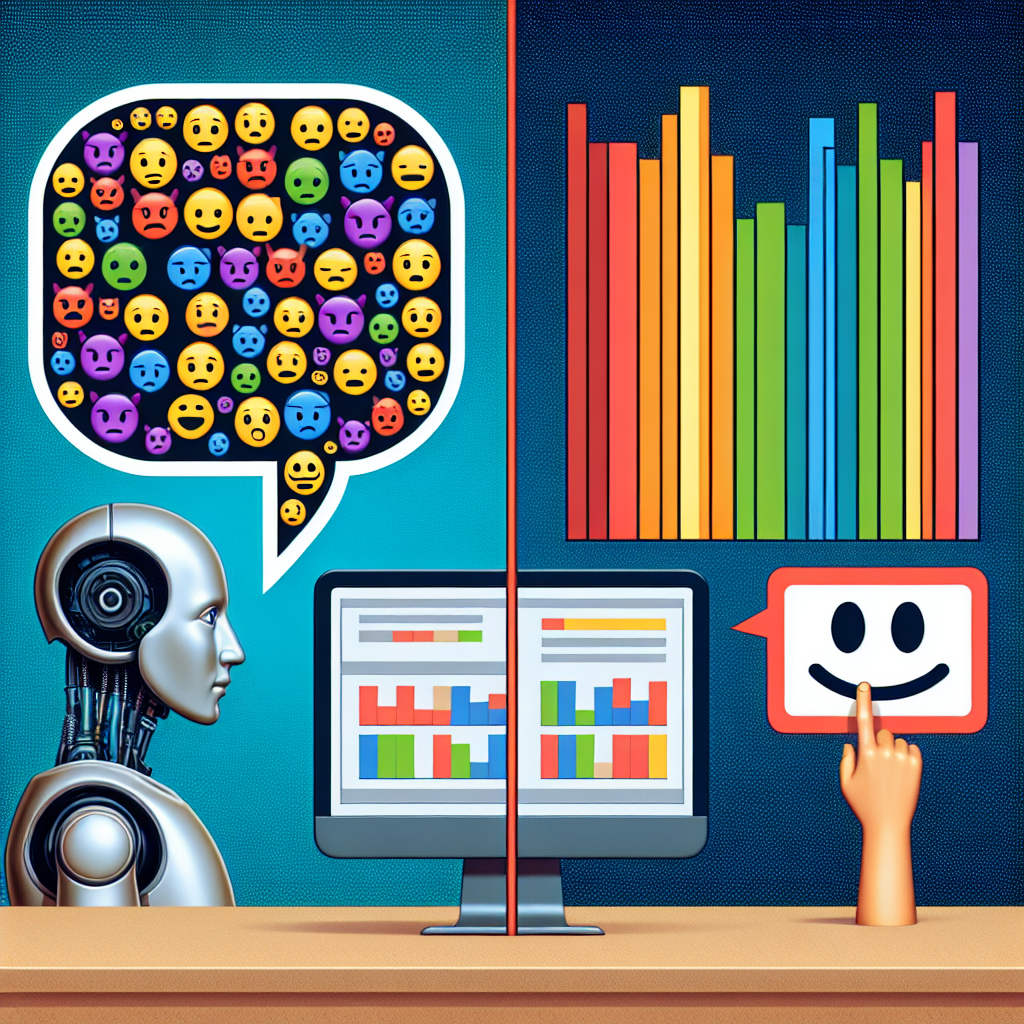Artificial Intelligence (AI) and Machine Learning (ML) are two of the most talked-about technologies in the field of data analysis and sentiment analysis. Both AI and ML have their own strengths and weaknesses, and understanding the differences between the two can help in determining which technology is more effective at sentiment analysis.
AI vs ML: What’s the Difference?
Artificial Intelligence is a broad term that refers to the simulation of human intelligence in machines that are programmed to think and act like humans. AI systems can learn from experience, adapt to new inputs, and perform tasks that require human intelligence such as speech recognition, image recognition, and natural language processing.
Machine Learning, on the other hand, is a subset of AI that focuses on the development of computer programs that can access data and use it to learn for themselves. ML algorithms build a model based on sample data, known as training data, in order to make predictions or decisions without being explicitly programmed to do so.
Sentiment analysis is a technique used to analyze text data and determine the sentiment expressed within the text. Sentiment analysis is used in a variety of applications, including social media monitoring, customer feedback analysis, and market research.
Which Technology is More Effective at Sentiment Analysis?
When it comes to sentiment analysis, both AI and ML can be effective tools. However, there are some key differences between the two technologies that can impact their effectiveness in sentiment analysis.
AI systems are typically better suited for tasks that require a high level of human-like intelligence, such as natural language processing and speech recognition. AI systems can analyze text data and understand the context in which the text is written, allowing them to accurately determine the sentiment expressed within the text.
On the other hand, ML algorithms are better suited for tasks that require pattern recognition and predictive modeling. ML algorithms can analyze large amounts of data and learn from it to make predictions about future data. In the context of sentiment analysis, ML algorithms can be used to build models that can accurately classify text data based on the sentiment expressed within the text.
In general, AI systems are more effective at sentiment analysis when the task requires a high level of understanding of the text data, such as analyzing complex sentences or identifying sarcasm. ML algorithms, on the other hand, are more effective at sentiment analysis when the task requires analyzing large amounts of data and identifying patterns within the data.
FAQs:
Q: Can AI and ML be used together for sentiment analysis?
A: Yes, AI and ML can be used together for sentiment analysis. AI systems can be used to analyze text data and understand the context in which the text is written, while ML algorithms can be used to build models that can accurately classify the text data based on the sentiment expressed within the text.
Q: Which technology is better for sentiment analysis: AI or ML?
A: The effectiveness of AI or ML for sentiment analysis depends on the specific task at hand. AI systems are better suited for tasks that require a high level of human-like intelligence, while ML algorithms are better suited for tasks that require pattern recognition and predictive modeling.
Q: How can businesses benefit from using AI and ML for sentiment analysis?
A: Businesses can benefit from using AI and ML for sentiment analysis by gaining valuable insights into customer feedback, market trends, and social media sentiment. By analyzing text data and determining the sentiment expressed within the text, businesses can make informed decisions about their products, services, and marketing strategies.
In conclusion, both AI and ML can be effective tools for sentiment analysis, depending on the specific task at hand. AI systems are better suited for tasks that require a high level of human-like intelligence, while ML algorithms are better suited for tasks that require pattern recognition and predictive modeling. By understanding the strengths and weaknesses of each technology, businesses can determine which technology is more effective for sentiment analysis in their specific use case.

